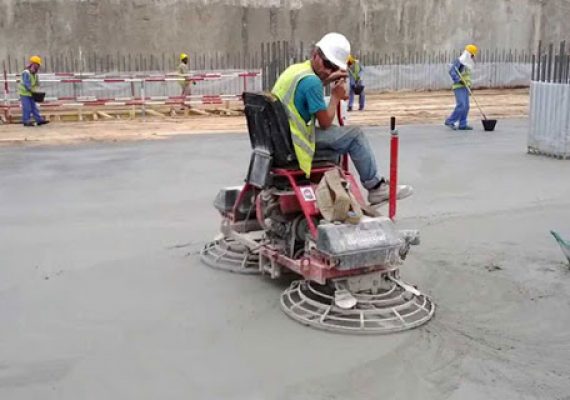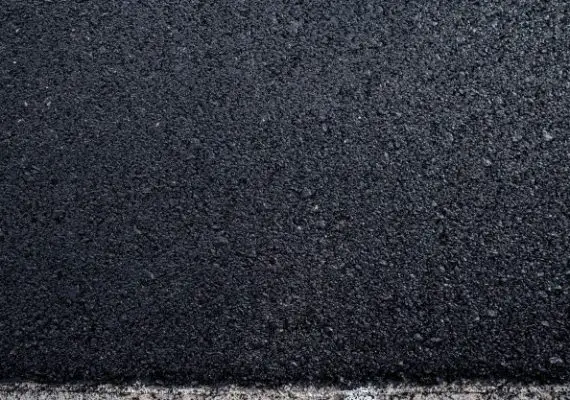What Is A Wellpoint Dewatering System?
What Is A Wellpoint Dewatering System?
A wellpoint dewatering system is an effective and efficient method of lowering the water table around a given area.
It works by drawing water away from the soil, using a series of shallow wells or wells connected to a single manifold.
The manifold is connected to a sump containing a pump which then pumps out the groundwater.
Wellpoints are ideal for solving drainage problems in low-lying areas that have high groundwater levels or when there’s insufficient surface drainage available.
They can also be used to lower water tables prior to construction work taking place and generally help increase stability when building near bodies of water or flood plains.
What Is The Purpose Of A Well Point?
A well point is a type of construction used to create a shallow well. It is used to pump groundwater from deep underground into a location where it can be utilized or disposed of safely.
The well point consists of a pipe that is driven into the ground, with perforated sides, and then connected to an external water pump.
The purpose of this method is to provide pressurized groundwater for domestic use or irrigation purposes in areas where there are no existing wells or when existing wells cannot meet the demand.
It also helps reduce flooding in low-lying areas by controlling the rate at which groundwater rises from underneath the surface.
What Are The Advantages Of Well Point System?
The well point system is an efficient and effective way of gaining access to groundwater. It offers a number of advantages, such as the fact that it can be set up quickly and easily, allowing for an immediate way of getting water in emergency situations.
Furthermore, it is relatively low-cost when compared to other methods of groundwater extraction, meaning that it is suitable for areas where access to funds may be limited.
Additionally, due to its shallow depth, the system does not require a lot of energy or large pumps in order to draw water from the aquifer.
Finally, because no chemicals are added during installation or operation, the risk of contaminating underground water sources is minimized.
What Is The Disadvantage Of Well Point Dewatering?
Well point dewatering has numerous benefits, however, it also has some drawbacks.
One significant disadvantage of well point dewatering is its limited effectiveness during periods of high groundwater.
- Additionally, it relies upon pumps to remove the water and may not be suitable for areas with poor soil conditions as the excessive use of pumps can cause subsidence over time.
- Furthermore, well points usually require significant setup costs, which could include boring or digging wells and laying piping systems to connect them.
- Finally, while this method may work in flat terrain, it is less effective in hilly terrain due to greater depths required for each well point.
What Is The Difference Between A Well Point And A Borehole?
A well point is a type of shallow water extraction system that relies on gravity to draw water out of the ground.
It works by using a series of pipes connected to a pump, which creates suction at the bottom of the pipe and draws in water from underground aquifers.
A borehole, however, is a deep hole made in the ground with a drill and usually goes down much deeper than a well point does.
It often reaches groundwater levels that are inaccessible with conventional pumping systems due to their depth or other geological features within the area.
Boreholes can also provide more reliable sources of water than shallower systems such as well points because they are less likely to dry up during periods where there is little rainfall or if nearby infrastructure changes dramatically.



